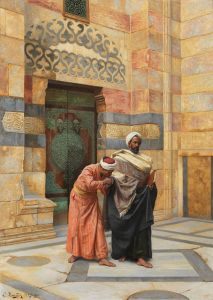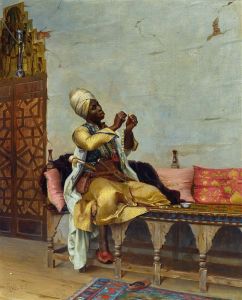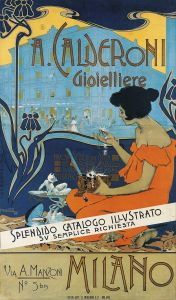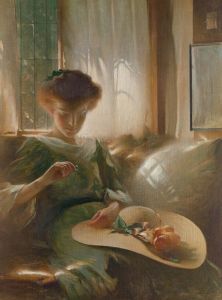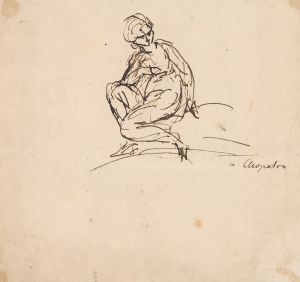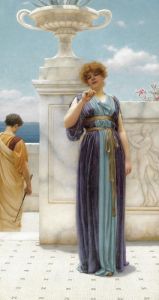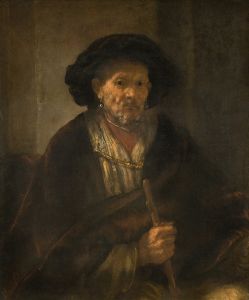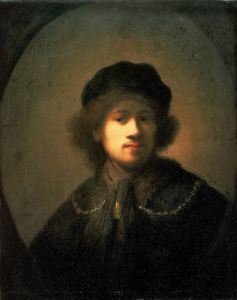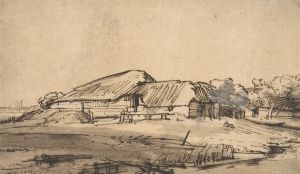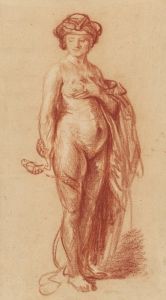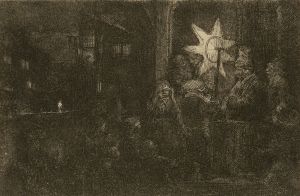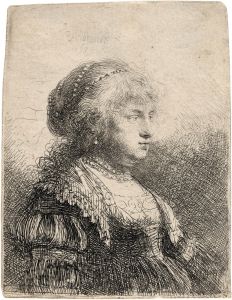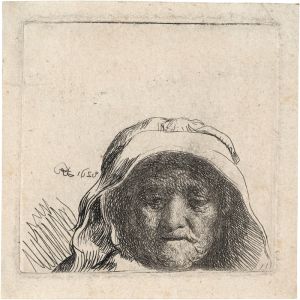
Jan Lutma, Goldsmith
A hand-painted replica of Rembrandt van Rijn’s masterpiece Jan Lutma, Goldsmith, meticulously crafted by professional artists to capture the true essence of the original. Each piece is created with museum-quality canvas and rare mineral pigments, carefully painted by experienced artists with delicate brushstrokes and rich, layered colors to perfectly recreate the texture of the original artwork. Unlike machine-printed reproductions, this hand-painted version brings the painting to life, infused with the artist’s emotions and skill in every stroke. Whether for personal collection or home decoration, it instantly elevates the artistic atmosphere of any space.
Jan Lutma, Goldsmith is a renowned etching created by the Dutch artist Rembrandt van Rijn in 1656. This work is considered one of Rembrandt's masterpieces in the medium of printmaking and showcases his exceptional skill in capturing texture, light, and character through etching and drypoint techniques.
The etching depicts Jan Lutma, a prominent goldsmith and silversmith from Groningen, seated in an interior setting. Lutma is portrayed as an elderly man with a beard, wearing a fur-trimmed robe and a cap. He holds a tool in his right hand, symbolizing his profession, while his left hand rests on the arm of his chair. On the table beside him are objects associated with his craft, including a goblet, further emphasizing his identity as a goldsmith. The composition is intimate and detailed, reflecting Rembrandt's ability to convey the personality and dignity of his subject.
Rembrandt's use of light and shadow in this etching is particularly notable. The play of light across Lutma's face and hands draws attention to his expression and the tools of his trade, creating a sense of depth and realism. The background is less defined, with subtle details that suggest the setting without detracting from the focus on the figure. This technique demonstrates Rembrandt's mastery of chiaroscuro and his innovative approach to printmaking.
Jan Lutma was not only a skilled craftsman but also a contemporary of Rembrandt, and the two men likely shared a mutual respect for each other's artistry. The etching is believed to have been created as a tribute to Lutma's expertise and status within his field. It is one of several portraits by Rembrandt that celebrate individuals from various professions, highlighting their contributions to society.
The etching exists in multiple states, as was common with Rembrandt's prints. He often reworked his plates to refine details or alter the composition, resulting in variations that provide insight into his creative process. The different states of Jan Lutma, Goldsmith reveal changes in the background and other elements, reflecting Rembrandt's experimentation and attention to detail.
Today, Jan Lutma, Goldsmith is held in high regard as an example of Rembrandt's technical and artistic achievements in printmaking. Copies of the etching can be found in major museum collections around the world, where they continue to be studied and admired for their craftsmanship and historical significance.





